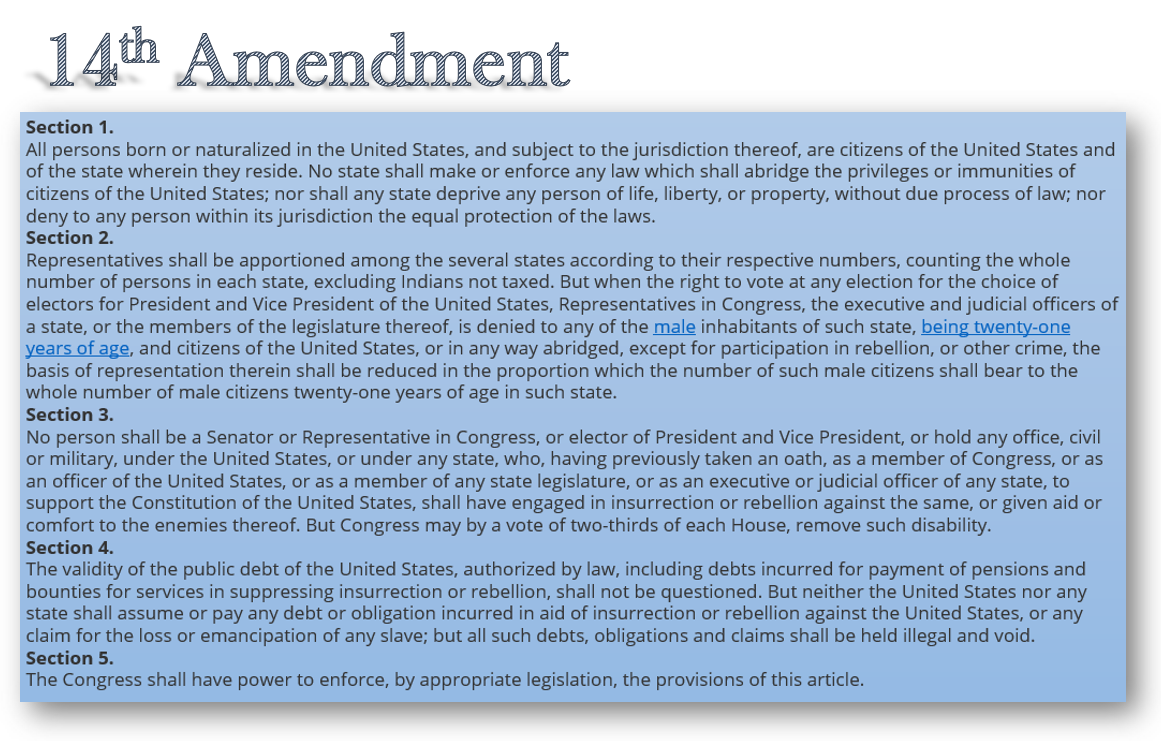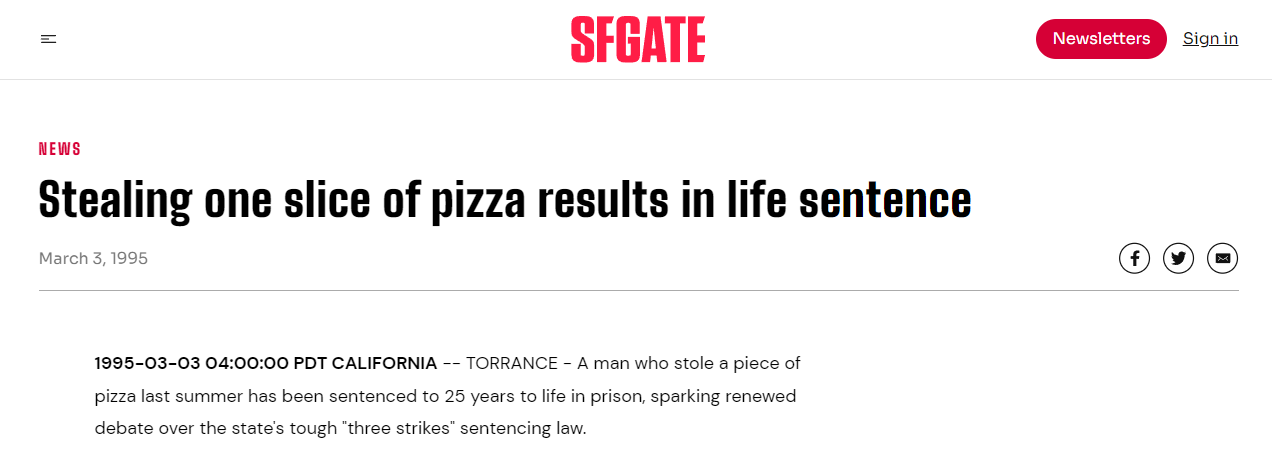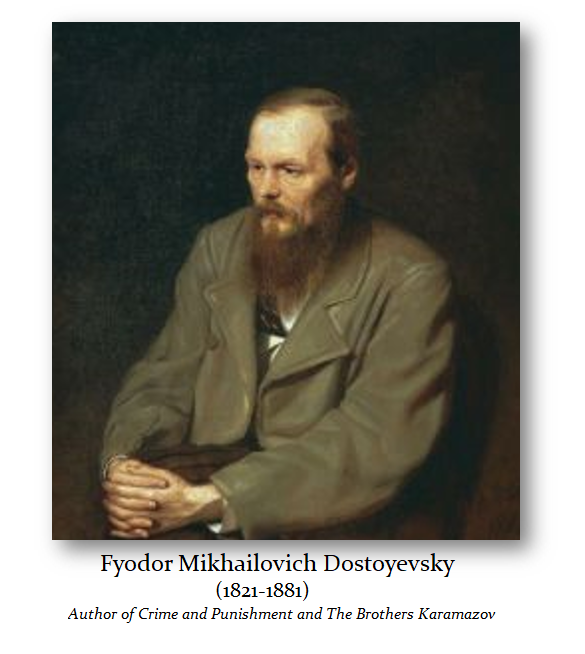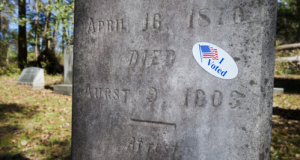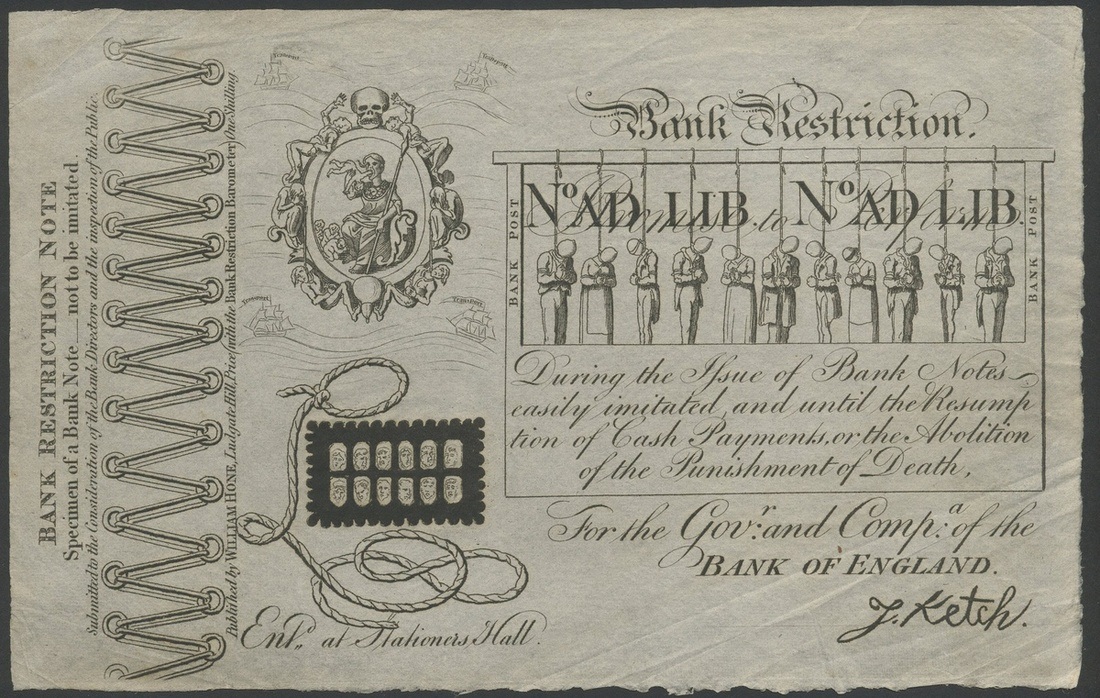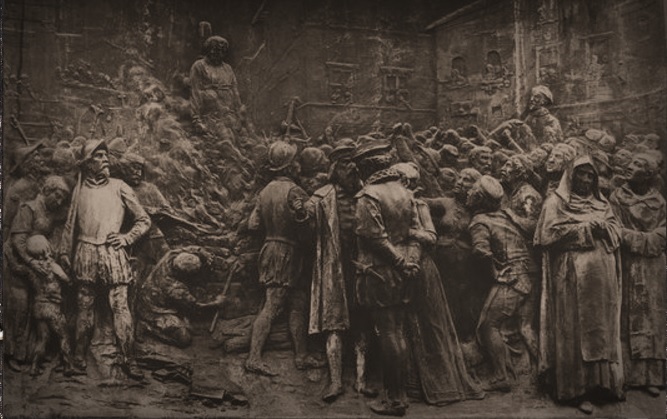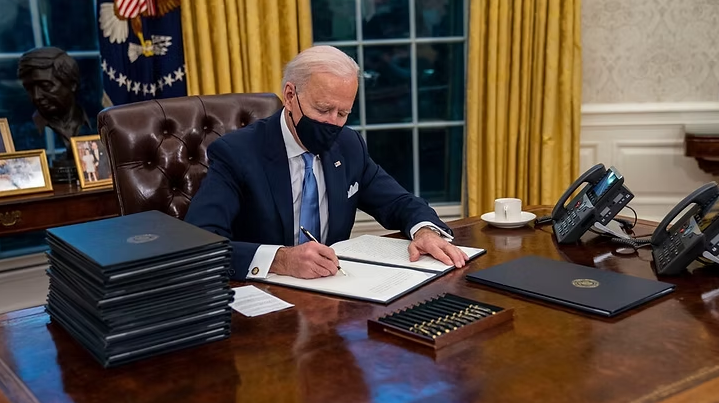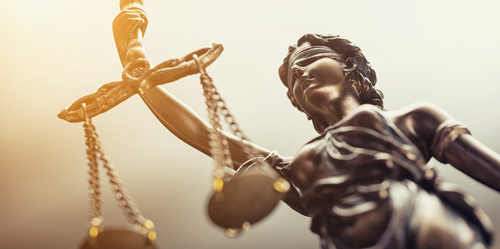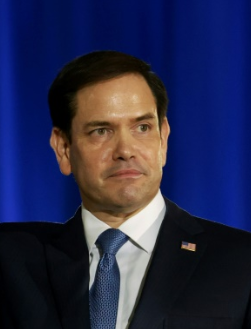Section 2 of the Fourteenth Amendment to the U.S. Constitution calls for reducing representation in the U.S. House of Representatives for any state, denying voters the right to vote, which was designed to prevent the Southern states from disenfranchising black citizens after the Civil War. However, Section 2 makes an exception for denying voting rights to citizens because of “participation in rebellion, or other crimes.” The Supreme Court said that this distinguishes felony disenfranchisement from other voting restrictions, which must be narrowly tailored to serve compelling state interests to be constitutional. Therefore, this shows the same intent as Section 3 they are trying to use against Trump. It was to deny people who engaged in the civil war they called an “insurrection” from running for office, but also stripping them of their right even to vote. Thus, a Confederate soldier was to be denied his voting rights, and former black slaves were to vote. It is hard to miss the punishments intended by the Congress at that time. They were not allowed to separate, and they were to be denied the right to vote. That was hardly the spirit of a democracy, let alone a free nation.
Section 2 presents a serious problem under this theory: we live in a democracy. The United States stands alone among modern democracies in stripping voting rights from millions of citizens based on criminal convictions. A DUI is typically a felony, as is being charged with any tax crime. Typically, less than 5% of felons were violent. It varies from state to state as they impose varying felony disenfranchisement policies, preventing an estimated 24 to 25 million Americans from casting ballots. To give a sense of scope, as crazy as it may sound, this population is at times larger than the entire voting-eligible population of New Jersey, which in 2020 stood at 6,407,297, and even New York State has about 13 million registered voters. And of this total, nearly 19 million people living in our communities working, paying taxes, and raising families, all while barred from joining their neighbors at the polls. They have taxation without representation, and the United States is alone in this felony disenfranchisement, for none existed in England pre-revolution.
This widespread disenfranchisement disproportionately impacts people of color because they have a higher conviction rate. This amounts to nearly one in every fourteen voting-age African Americans who cannot vote, which ironically goes against the very intent behind Section 2 of the Fourteenth Amendment. The disenfranchisement rate among blacks is more than four times greater than that of all other Americans. In four states, more than one in five black adults are denied their right to vote. Turning to the Latino disenfranchisement issue, they were still higher than the white population. Most of this has been related to drug offenses.
When we dig deeper, the origins of this practice of disenfranchisement date back to early colonial law in North America. In ancient Athens, there was the punishment of disenfranchisement in the democracy, but this was on a case-by-case basis and on a wide assumption that would defeat the entire idea of a democracy. All of these types of punishments evolved in the United States in the aftermath of the American Civil War, which is tied to the Fourteenth Amendment.
At the end of the Civil War, the expansion of suffrage was extended to black men, whereby this felony disenfranchisement became a significant barrier to voting. At that point, two interconnected trends combined to make disenfranchisement a significant obstacle for newly enfranchised black voters. First, the Southern lawmakers were implementing many criminal laws designed to target black citizens in their retaliation. This was when many states enacted broad disenfranchisement laws that revoked voting rights from anyone convicted of any felony.
This became a collision of actions that were all really punitive and laid the foundation for mass disenfranchisement that now has impacted about 24 million Americans without cause. This was called a felony petty theft, taking a slice of pepperoni pizza. Superior Court Judge Donald Pitts imposed a life sentence because he had four previous felony convictions and rejected the argument that the punishment did not fit the crime. Judges are often the worst of the worst who have no moral soul whatsoever.
This is where it gets really convoluted for the United States, which is no longer the land of the free and home of the brave. The United States has more people in prison than Europe, Russia, and China. They call Putin a ruthless dictator, but he has 433,000 in prison compared to nearly 1.8 million in the United States. While people love to point to Russian dissidents like Fyodor Dostoyevsky, he also said in his The House of the Dead: “The degree of civilization in a society can be judged by entering its prisons.” Indeed, what they are doing to Trump with 91 felony counts, all brought only by democratic prosecutors, illustrates that derogation of American justice for all.
If you were guilty of a felony in England before the Revolution, yes, you were stripped of all your rights, but felonies meant the death penalty. During the reign of Henry VIII, as many as 72,000 people are estimated to have been executed. What you need to understand is that just about everything was a felony. In Elizabethan England, the death penalty applied for treason, murder, manslaughter, infanticide, rape, arson, grand larceny, theft of goods worth more than a shilling (12 pence), highway robbery (on the road), buggery, sodomy, which are often interchangeable, and the all-time favorite – heresy.
Hanging was the method used for all crimes except treason. Here is a Bank Restriction Bill ‘Anti-Hanging note,’ which was a satirical note designed by George Cruickshank depicting a gibbet with people hung for uttering a false note and a vignette of Britannia devouring unfortunates. The signature of J. Ketch was the hangman, which was made in the style of a Bank of England note. You were hanged even for possessing a counterfeit note, so this was abused since many had no idea something was real or counterfeit. This note demonstrates that for any felony, you were just hanged, so there was never an issue of being stripped of your right to vote or run for office.
Now, as for treason, that was punished by drawing, hanging, and quartering for men as you saw was done to William Wallace in Brave Heart. Women were burned at the stake like witches, and beheading was reserved for the nobility. The crime of heresy was punished by being burned alive at the stake, and they did to Giordano Bruno (1548–1600). About 75% of hangings were for theft.
Historically, there was no precedent for stripping citizens of their right to vote or run for office before the Civil War. It is clear that § 2 of the Fourteenth Amendment authorized States to disenfranchise former felons with the expressed disenfranchisement for “participation in rebellion, or other crime” from the operation of its penalty provision. There is scant legislative history regarding the crucial words “or other crime” because when it went to a joint committee, it only read the phrase “participation in rebellion.” When it emerged, someone attached “or other crime” to it, tacking it on. The historical purpose for § 2 is quite clear: the Republicans controlled the 39th Congress after the Civil War, and they wanted to restrict the representation of the Southern States. There were two alternatives available — either to limit Southern representation, which was unacceptable on a long-term basis after insisting that they could not secede, or to ensure that southern former slaves would have the right to vote. Therefore, looking at Section 2 of the Fourteenth Amendment, it was the ultimate compromise between these two solutions.
We must look at Section 3 that they are attempting to use against Trump, and we find the same political motivation as was behind § 2 that this was retribution against the Southern States, and that was the entire purpose. These provisions were retribution; on the surface, they conflicted with Equal Protection of the Law and Due Process of the Law. Because nobody was ever prosecuted under Section 3 before Trump, this is a very broad distortion of the original intent. For there to have been an “insurrection,” Trump would have had to attempt to overthrow the government and the constitution, which he, more than any participant on January 6th, intended.
Section 3 clearly gives jurisdiction over this disqualification to Congress and not to the states or the courts. If we look at Oregon v. Mitchell, 400 U. S. 112 (1970), the Supreme Court held that the federal government can control the voting process for its own elections but not for state and local elections. Under this ruling, I fail to see how any state has the right to remove Trump from a federal election. Moreover, § 2 excluded from voting persons under 21 years of age. The Oregon decision also held that Congress, under § 5, had the power to implement the Equal Protection Clause by lowering the voting age to 18 in federal elections.
What is clear is that Section 2 and Section 3 are punitive, necessitating strict construction. In Brandenburg v. Ohio, 395 U.S. 444 (1969), the court held that a state may not forbid speech advocating the use of force or unlawful conduct unless this advocacy is directed to inciting or producing imminent lawless action and is likely to incite or produce such action. However, the standard of review is dictated in both sections because they are clearly for the purpose of punishment. Obviously, one cannot pretend to use these sections to violate the First, Second, Fourth, Fifth, and Fourteenth Amendments.
Least Restrictive
Furthermore, typically in voting rights cases, states must show that the voting restriction is necessary to a “compelling state interest” and is the least restrictive means of achieving the state’s objective. Aside from the fact that Colorado lacked jurisdiction over a federal question, removing Trump from the ballot was certainly NOT the least restrictive, and it interfered with voting rights nationally.
Self-Executing
The Colorado Supreme Court went out of its way to claim that Section 3 was self-executing. The text and structure of the Amendment, as well as case law, all disagree with the Colorado decision.
The plain language of the Fourteenth Amendment text of Section 3 makes it clear this is a political decision – not rooted in law. Section 5 clearly states that Section 3 is not self-executing because it states: “The Congress shall have the power to enforce, by appropriate legislation, the provisions of this article.” Moreover, the Oregon decision that separates Congress has the power to control federal elections, not states, which control only their respective local elections. Hence, Colorado had no jurisdiction to intervene in the domain of Congress. This would also impact the entire voting rights of citizens in other states if Trump were removed for some states and not others.

